Stimulating Science With Hands On Learning
- School:
- New Smyrna Beach Middle School
- Subject:
- Science
- Teacher:
- Rebecca Baker
- Students Impacted:
- 350
- Grade:
- 8
- Date:
- September 13, 2023
Investor
Thank you to the following investor for funding this grant.
Duke Energy - $490.00
Original Grant Overview
Goal
My goal is to restock our 8th grade science classrooms with materials for hands on labs.
What will be done with my students
Students will be using the various materials listed throughout the year to complete labs that tie into our Florida Science standards. These labs will give students the opportunity to perform hands on experiments and demos to help them better understand the information being taught and reviewed by teachers. They will also help students when trying to better understand the nature of science standard below:
SC.8.N.1.1 Define a problem from the
eighth grade curriculum using appropriate
reference materials to support scientific
understanding; plan and carry out scientific investigations of various types, such as systematic observations or experiments; identify variables; collect and organize data; interpret data in charts, tables, and graphics; analyze information; make predictions; and
defend conclusions.
Some examples of labs are:
1. Using pH and litmus paper to show what substances, (such as lemon juice, vinegar, baking soda) are acids and bases and how they change the pH of that substance when mixed.
SC.8.P.8.8 Identify basic examples of
and compare and classify the properties of compounds, including acids, bases, and salts.
2. Mixing baking soda and vinegar to show chemical reactions, but also using the same materials to show the conservation of mass by mixing them and containing the gas that is created to show how mass does not change.
SC.8.P.9.1 Explore the Law of
Conservation of Mass by demonstrating
and concluding that mass is conserved when substances undergo physical and chemical changes.
3. Using density cubes to demonstrate that the density of a substance does not change, no matter the size, as long as the substance does not change.
SC.8.P.8.3 Explore and describe the
densities of various materials through
measurement of their masses and volumes.
SC.8.P.8.4 Classify and compare
substances on the basis of characteristic
physical properties that can be demonstrated or measured: for example, density; thermal or electrical conductivity; solubility; magnetic properties; melting and boiling points; and know that these properties are independent of the amount of the sample.
4. Using stopwatches, Alka-Seltzer and different temperatures of water to show how temperature affects chemical changes.
SC.8.P.9.3 Investigate and describe how
temperature influences chemical changes
5. Using glow sticks to also show how temperature affects chemical changes and using them to show the variation in the brightness of stars.
SC.8.E.5.5 Describe and classify specific
physical properties of stars: apparent
magnitude (brightness), temperature (color), size, and luminosity (absolute brightness).
SC.8.P.9.3 Investigate and describe how
temperature influences chemical changes
6. Showing endothermic and exothermic reactions using 30% peroxide, yeast and other substances. This also shows chemical changes. We also use calcium chloride to show these changes.
SC.8.P.9.3 Investigate and describe how
temperature influences chemical changes
Some of the materials are used to keep labs organized and areas clean, such as the soap, cups, and paper towels. These are used in various projects for storing liquids, and cleaning up any messes made. We use food coloring in multiple labs to make the liquids and changes stand out. We need stop watches for timing changes and experiments.
Benefits to my students
Hands on labs are the best way to help students see how science is used in real world situations. When learning is fun, it is retained and can be called back throughout the year as a reminder of material learned. I try to do as many hands on labs as possible with students to ensure that they not only see the standard in action, but so they can tie in the Nature of Science standards that they struggle with each year.
Budget Narrative
I located items on Amazon and Walmart. Some prices may change based on brand purchased, but cost should not increase.
Items
| # | Item | Cost |
|---|---|---|
| 1 | 6- Walmart 16oz. Cornstarch | $13.00 |
| 2 | 6 sets-Amazon- Litmus Paper Blue and Red | $72.00 |
| 3 | 3- Walmart-Salt | $12.00 |
| 4 | 3- Walmart-Vinegar | $12.00 |
| 5 | 1- Walmart-Washing powder | $8.00 |
| 6 | 6 packs- Amazon pH strips | $6.00 |
| 7 | 3 large packs Paper towels Walmart | $24.00 |
| 8 | 4 lbs. -Amazon Baking soda | $20.00 |
| 9 | 3 packs of 72 count - Amazon- Alka-seltzer | $30.00 |
| 10 | Amazon 1 pack Balloons | $10.00 |
| 11 | 100 ct- Amazon 16 oz. Clear Cups | $14.00 |
| 12 | 2- Phenol Red solution Amazon | $30.00 |
| 13 | 3- Aluminum Foil Walmart | $15.00 |
| 14 | 40 pack- Amazon Stop watches | $68.00 |
| 15 | 3 packs - Walmart Food coloring | $12.00 |
| 16 | 6 jars-Walmart Fast Acting Yeast | $36.00 |
| 17 | Amazon Density Cubes | $42.00 |
| 18 | 100 pack- Amazon Glow Sticks | $8.00 |
| 19 | 3 bags- Walmart Epsom Salt | $18.00 |
| 20 | 2 jars- Amazon Calcium Chloride | $40.00 |
| Total: | $490.00 |
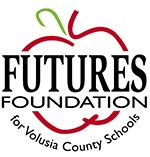
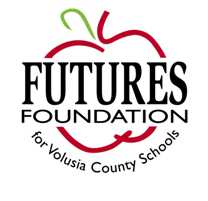
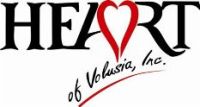


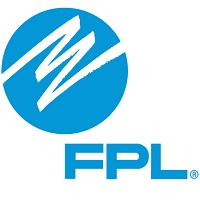
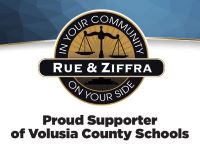




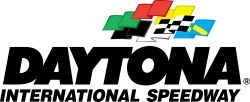
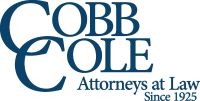


Share
Please share this page to help in fulfilling this grant.
Email to a Friend